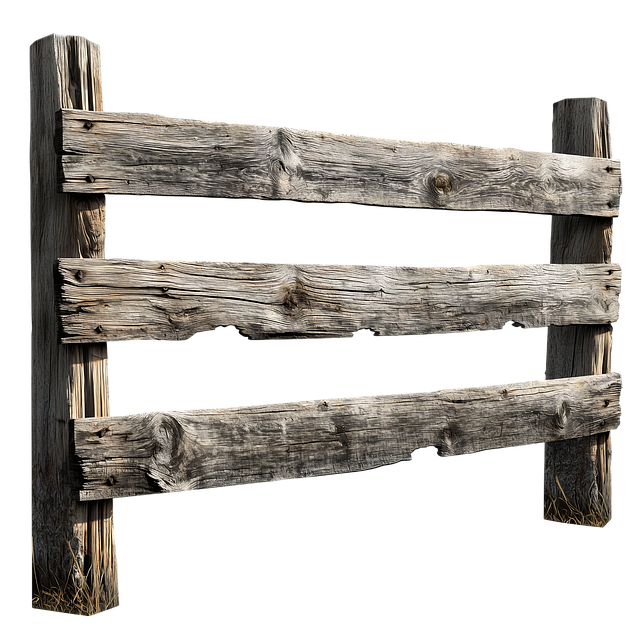Large properties present unique challenges when it comes to fencing, demanding both robust security measures and cost-effectiveness. This article guides you through efficient solutions tailored for expansive landscapes. We’ll explore how to balance durability with affordability using innovative materials. Furthermore, we delve into design strategies that enhance security without compromising aesthetics, accompanied by practical installation tips aimed at maximizing budget savings. Whether you’re aiming to safeguard a vast area or create an appealing outdoor space, these insights will empower your fencing decisions.
- Understanding Cost-Effective Fencing Needs for Large Properties
- Exploring Durable and Affordable Fencing Materials
- Design Options for Enhanced Security and Aesthetics
- Installation Tips to Maximize Budget Savings
Understanding Cost-Effective Fencing Needs for Large Properties
Fencing large properties presents unique challenges and opportunities, especially when cost-effectiveness is a priority. These expansive landscapes often require fences that can withstand harsh weather conditions, be durable against potential damage from wildlife or nearby construction sites, and offer security while maintaining aesthetic appeal.
Understanding these varied needs demands a tailored approach to fencing. Unlike smaller residential properties, large plots of land may necessitate more robust materials and designs capable of enclosing vast areas without compromising structural integrity. Additionally, privacy, security, and visual appeal must be balanced with the practical considerations of cost and maintenance.
Exploring Durable and Affordable Fencing Materials
When it comes to large properties, fencing not only serves as a boundary but also adds aesthetic value. However, with vast land to cover, cost-effectiveness is paramount. Exploring durable and affordable fencing materials is key to balancing quality and budget. Options like vinyl, wood, or even chain link fences offer excellent durability at varying price points.
Vinyl fences are incredibly low maintenance, weather-resistant, and available in a range of styles. Wood, though more requiring upkeep, offers a classic look and can be treated for longevity. Chain link is a budget-friendly option, providing security and visibility while still being adjustable to fit various property shapes. Each material has its strengths, catering to different needs and preferences while ensuring cost efficiency for expansive properties.
Design Options for Enhanced Security and Aesthetics
When it comes to large properties, fencing isn’t just about functionality; it’s an opportunity to enhance security while boosting curb appeal. Design options are vast and varied, allowing homeowners to choose from a range of materials, styles, and heights that suit both their preferences and needs. For instance, sleek, modern metal fences can add a touch of elegance and sophistication, while traditional wooden picket fences offer a charming, classic aesthetic.
Consider incorporating features like custom designs, intricate patterns, or even lighting along the fence line to create a visually stunning and secure outdoor space. These creative touches not only deter potential intruders but also make your property stand out, creating a welcoming and well-protected atmosphere for you and your family.
Installation Tips to Maximize Budget Savings
When installing fencing for large properties, strategic planning can significantly reduce costs. One essential tip is to consider the layout of your land and design a fence that follows natural contours instead of straight lines. This approach minimizes material waste as shorter lengths of fence are required for turns and curves. Additionally, using local or recycled materials can save on transportation expenses and offer environmentally friendly options.
Another cost-saving strategy is to install the fence in phases, especially if your property has diverse areas with varying security needs. Prioritize high-risk areas first and opt for more robust fencing materials, then move to lower-risk sections where a simple, affordable option might suffice. DIY installation can also reduce labor costs, but ensure you have the necessary tools and skills to avoid mistakes that may lead to repairs later.
